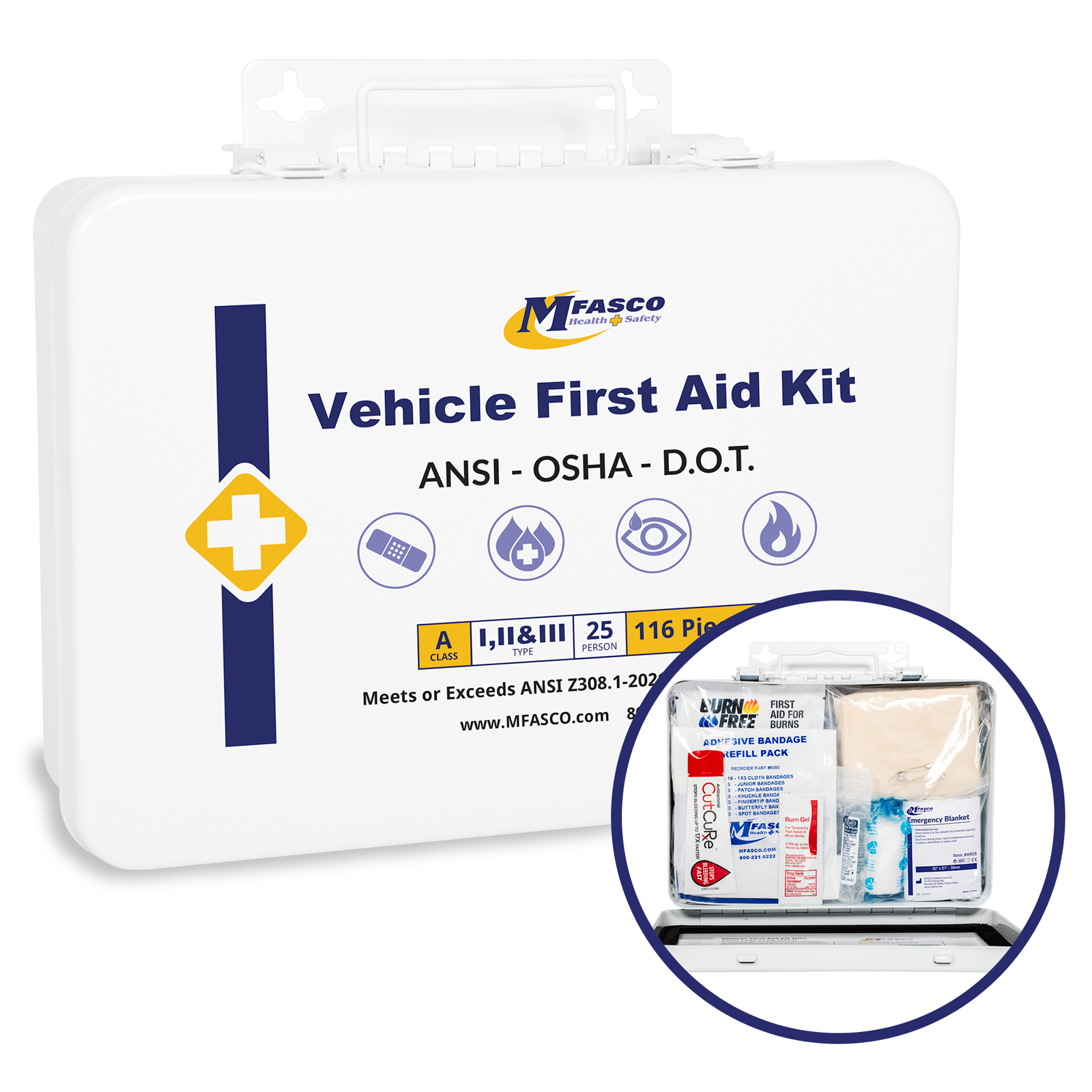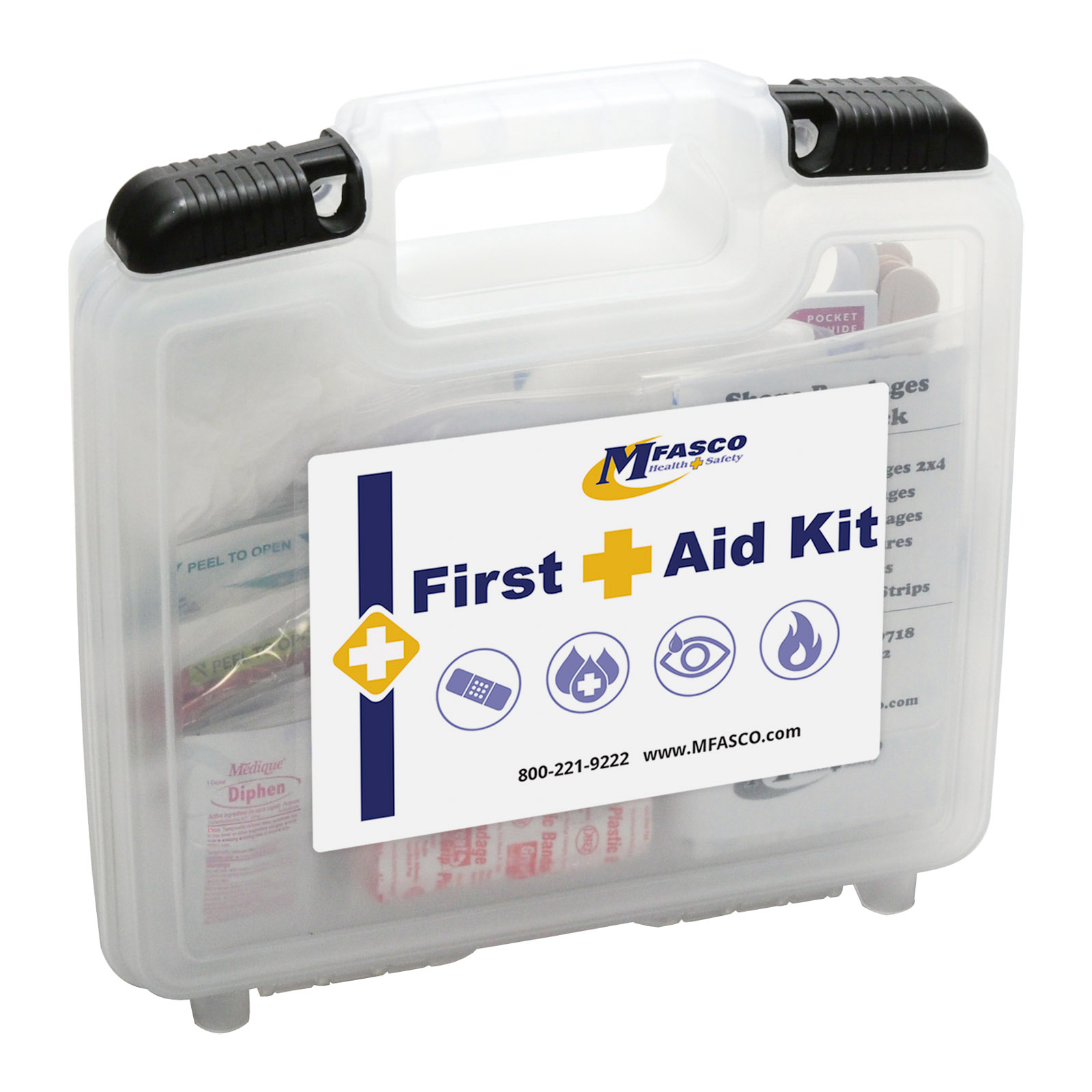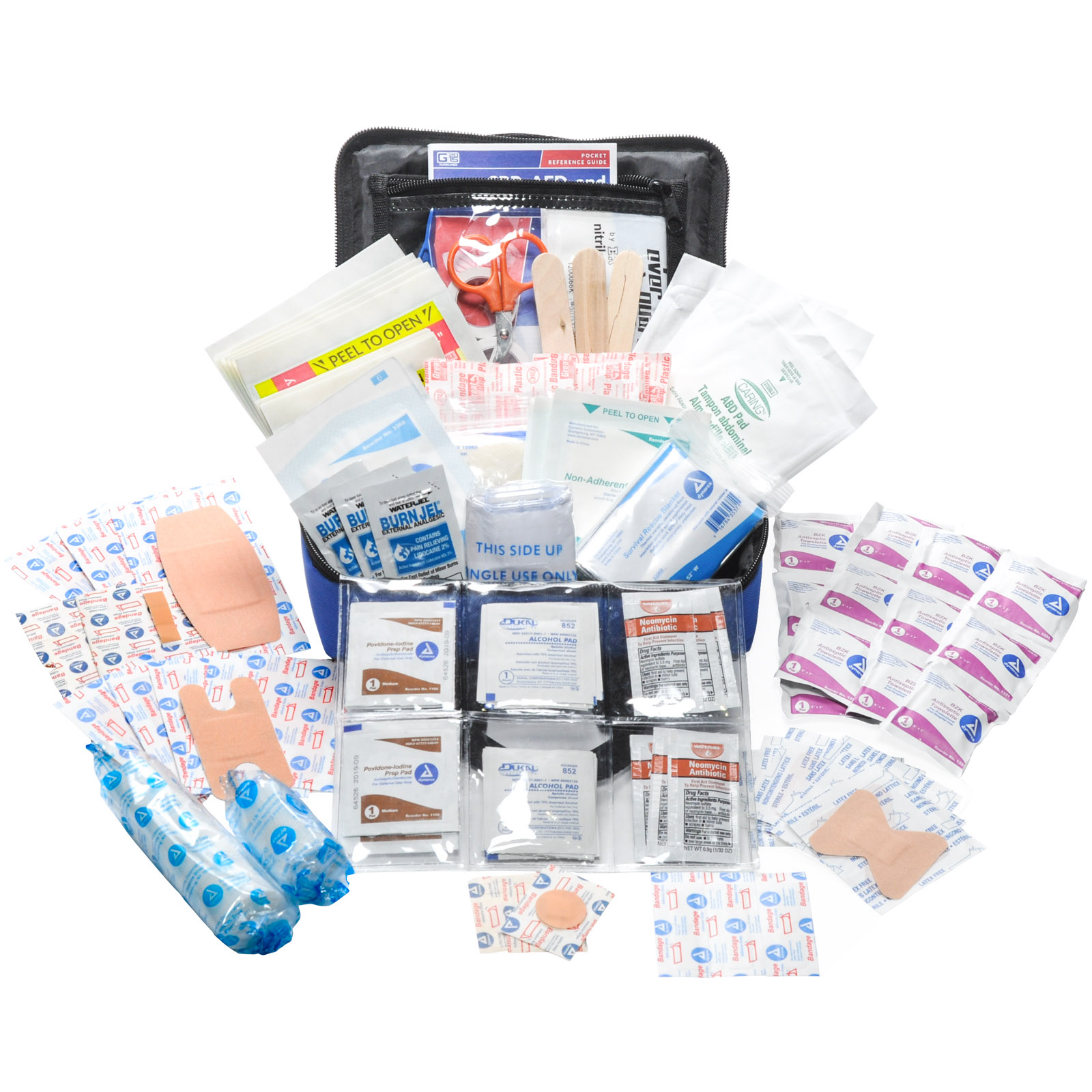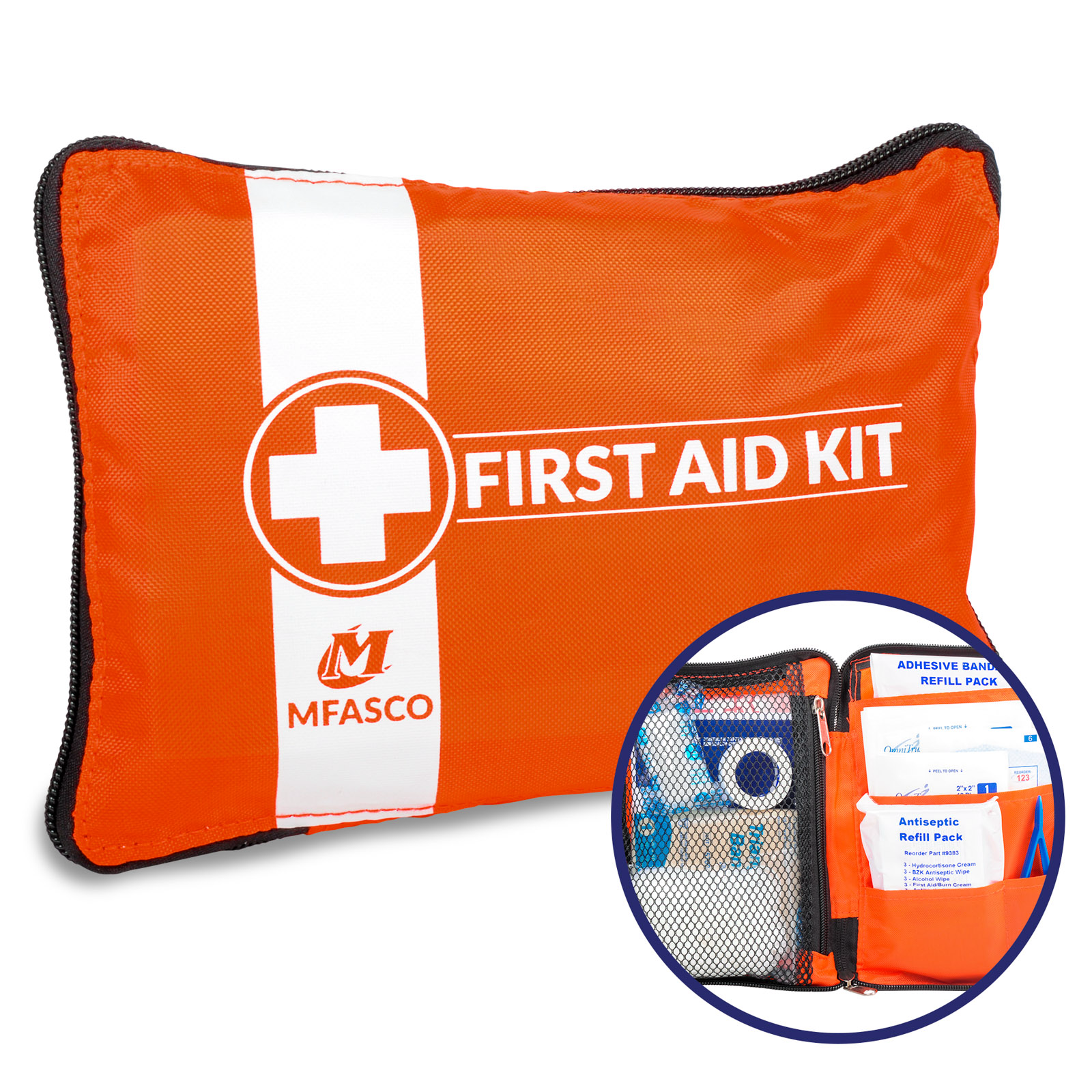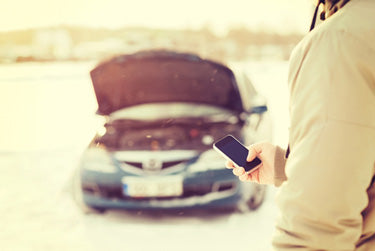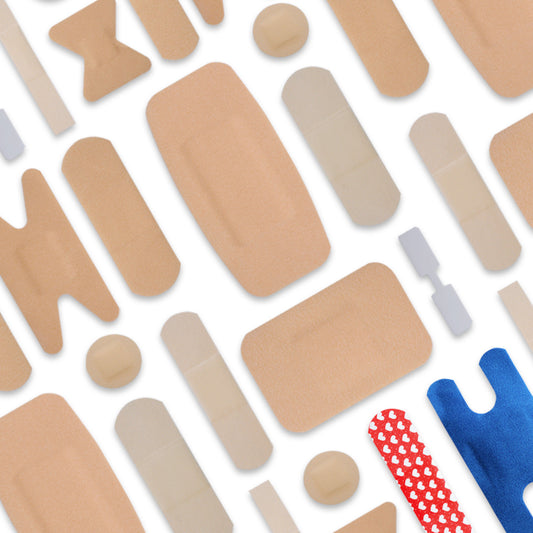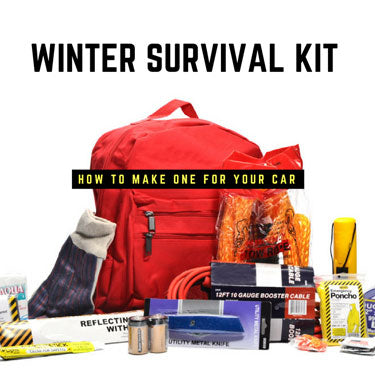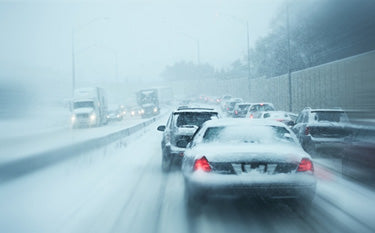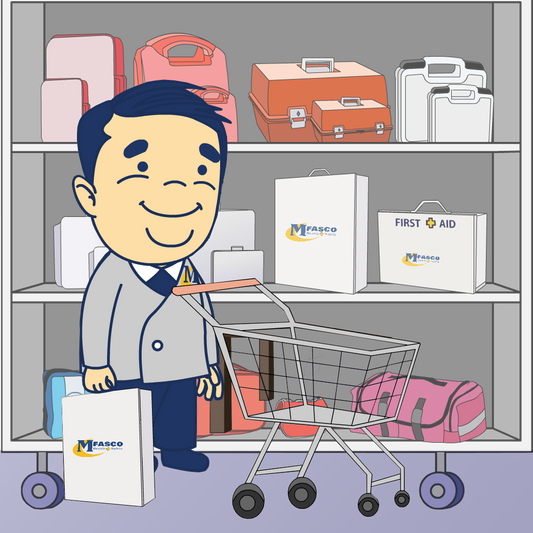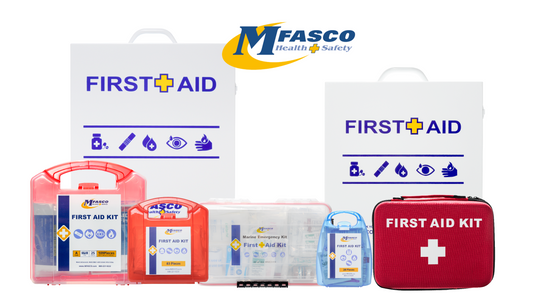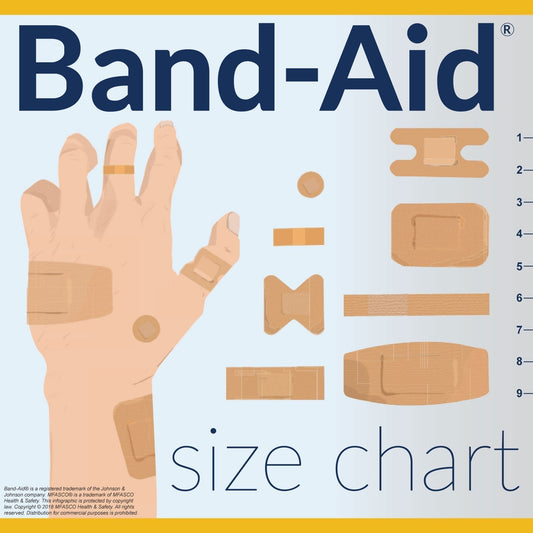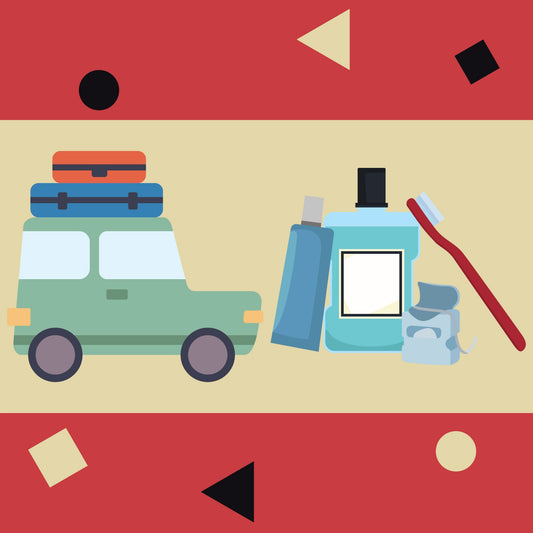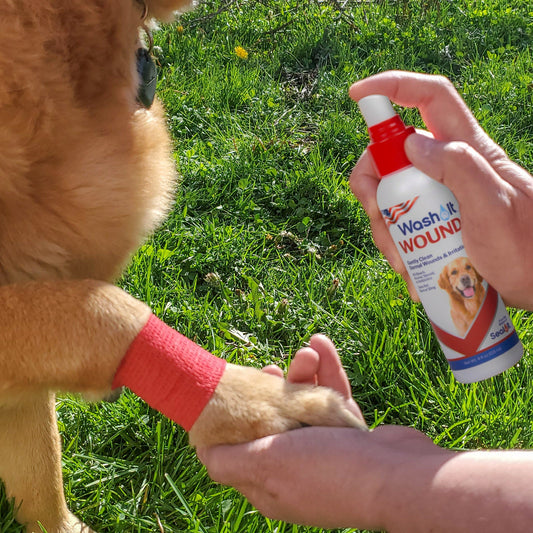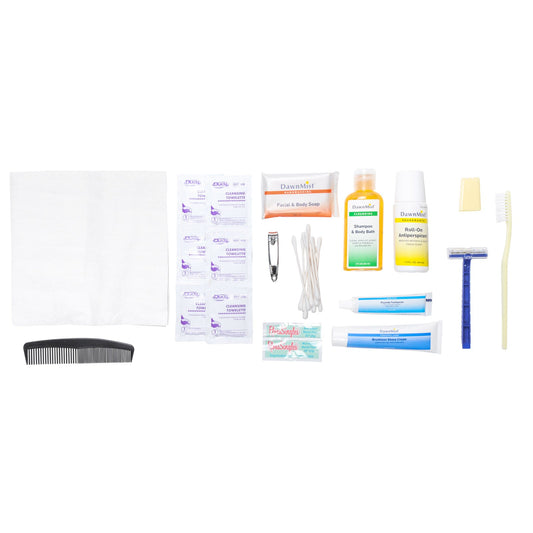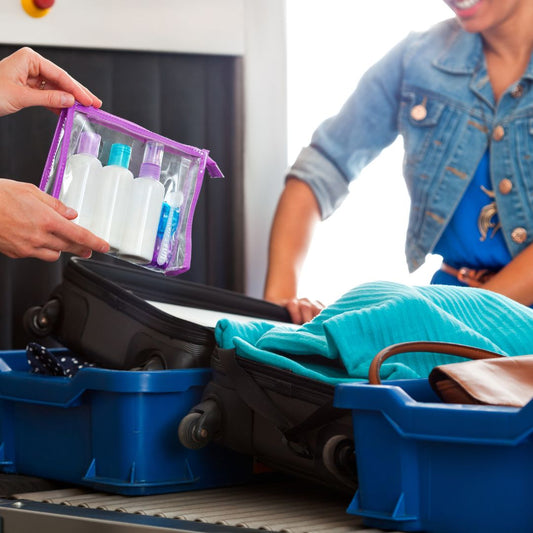What to do When You Get Stranded in Your Car

While getting stranded in a car during a blizzard might occasionally inspire humorous situations on sitcoms, in all reality, getting stuck on the road during a heavy snowfall can be a dangerous survival situation. Inclement weather conditions make it difficult for others to see your vehicle and may make it hard for rescuers to identify that you're stranded. If the snow keeps coming down and you're trapped overnight, it's imperative to be properly prepared. Otherwise, hypothermia and frostbite can quickly take hold. For this reason, having an emergency survival kit is necessary, and knowing how to weather the storm is crucial.
What to do if you get stranded
According to the Weather Channel, when you get stranded in the snow, you should have a survival auto kit that is tailored to your environment. That means making warmth a priority by packing extra warm clothes, a sleeping bag, blankets, matches, and candles. Keep in mind that you should always travel with a full gas tank in inclement weather, but if you are stranded, you should run the engine sparingly. The U.S. Centers for Disease Control and Prevention recommend running the motor and heater of your car for 10 minutes every hour with one window slightly cracked to let in fresh air. Before you start your vehicle, make sure the tailpipe is not clogged with snow or debris, as this can lead to carbon monoxide poisoning.
In general, your car serves as your shelter in an emergency. Therefore, you should only go outside when necessary. When you first get stranded, the CDC advises tying a bright cloth, such as a bandanna or flag, to your antenna to attract rescuers. During this time, also remove any necessary items, such as your emergency kit and sleeping bag, from the trunk. If you have a cellphone, New York Daily News suggests using it to pinpoint your location with the GPS feature and then calling for help as soon as possible. You should check the tailpipe every time you start the car, especially if it's still snowing heavily.
However, be cognizant of where your car is stuck before exiting the vehicle. Remember that other drivers may not be able to see you and you can get hit even if you've moved to the side of the road. The CDC notes never to eat snow, as it will lower your body temperature. Instead, use a can or other container and matches to melt the snow into drinking water - staying hydrated is important. Finally, make sure to keep moving your extremities to maintain good circulation and to stave off frostbite.
Do you know how to survive if you get stranded in a winter blizzard?
Vehicle/Travel Products & Accessories
MFASCO's Make a Kit Tool
First Aid Kit #16 Metal DOT ANSI Class A
Personal First Aid Kits
Additional Resources for Emergency First Aid Kits & Supplies
Roadside Emergency Preparedness - Infographic
What is in a First Aid Kit?
Essential First Aid Kit Supply List
Contributing Expert

Mike Brinker
Mike Brinker has been working in the first aid industry for over 35 years. He has worked with thousands of businesses,groups, and organizations to provide a healthy and safe work environment. Mike helped create “Make-A-Kit”, the internet's only online first aid kit creation tool. He has also authored many helpful first-aid and safety-related resource articles found at the MFASCO Learning Center.

